Monday, March 1, 2021 – Celebrating art works from ceramics, basketry, oils, quilting and more


299th Edition
Monday,
March 1, 2021
WOMEN’S HISTORY MONTH
CELEBRATING WOMEN
ARTISTS
AT
THE SMITHSONIAN AMERICAN
ART MUSEUM

- Clementine Hunter, Melrose Quilt, ca. 1960, fabric, Smithsonian American Art Museum, Museum purchase through the Barbara Coffey Quilt Endowment, 2014.5
- Clementine Hunter was born on a Louisiana plantation where her grandparents had been slaves. When she was twelve, her family moved to Melrose Plantation in Natchitoches Parish to work as sharecroppers. Clementine worked as a field hand, cook, and housekeeper. The Henry family bought Melrose in 1884; they restored architectural structures on the property and moved historic log cabins from the area onto the property. When John Hampton Henry died, his wife Cammie made Melrose a retreat for visiting artists. Hunter’s exposure to artists and some leftover paints led her to own artistry. She painted quotidian stories she felt historians overlooked—primarily the activities of the black workers. She also made pictorial quilts. This one depicts several notable buildings at Melrose, including the Big House, Yucca House, and African House, in which Hunter painted a now-historic mural of plantation life in 1955.

Clementine Hunter, Untitled (Magi Bearing Gifts), ca. 1970-1980, paint on an albany slip whiskey jug, Smithsonian American Art Museum, The Margaret Z. Robson Collection, Gift of John E. and Douglas O. Robson, 2016.38.36
Mary Jackson, Low Basket with Handle, 1999, sweetgrass, pine needles, and palmetto, Smithsonian American Art Museum, Gift of Marcia and Alan Docter, 2001.61 Mary Jackson’s coiled baskets show her love for African basketmaking traditions as well as her desire to create contemporary designs. This basket has a wide and shallow body that appears more decorative than functional, but the tall arching handle allows the user to carry more than might appear possible. Jackson invested the piece with a lively quality, weaving the handle so that the patterns appear to leap up, creating a graceful arc before returning to the body. “The technique is the same; the material is the same as in the traditional baskets; it’s just stretching the tradition to the limit of an art form.”

Terese Agnew, Practice Bomber Range in the Mississippi Flyway, 1999-2002, cottons, bridal tulle, and denim, Smithsonian American Art Museum, Gift of S & R Pieper Family, 2003.49, © 2002, Terese Agnew

Gayleen Aiken, A Dream Theatre Organ, Way Out Back of Old House at Midnight, after 1970, oil on canvas with glitter, Smithsonian American Art Museum, Gift of Herbert Waide Hemphill, Jr., 1998.84.1

- Mattie Lou O’Kelley, Farm Scene, 1975, oil on canvas, Smithsonian American Art Museum, Gift of Herbert Waide Hemphill, Jr., 1998.84.28
- Mattie Lou O’Kelley painted images inspired by her memories of growing up on a Georgia farm. She created colorful scenes in which the sun is always shining, the people are happy, and the crops are plentiful. O’Kelley left school when she was still young to help on the family farm. Although life was difficult, she chose only to highlight the good memories in her paintings. The perfectly shaped hills, trees, and clouds in Farm Scene create a landscape that is too good to be true.
Ellen Oppenheimer studied glassblowing at college and now designs neon pieces in San Francisco. Her first experience in working with fabric came after graduation: her father was throwing out several of his old ties and Oppenheimer reclaimed them, joining the different materials together to form her first quilt. She uses the technique of “machine inlaying” to create her pieces, which allows odd shapes to be incorporated into the design without the stitches showing. Oppenheimer’s quilts combine vibrant colors with patterns she prints herself. They often employ a single, continuous line that twists and turns through the maze of fabrics, representing what the artist feels are “the convoluted journeys that we take to get exactly where we started.”

Katja Oxman, Unsuspected Turns, 1984, color etching on paper, Smithsonian American Art Museum, Gift of the artist, 2015.64.1, © 1984, Katja Oxman

Jeanne B. Oosting, Autumn, n.d., color linoleum cut, Smithsonian American Art Museum, Gift of the International Graphic Arts Society, Inc., 1965.25.11

Dorothy Hafner, Sonar, 1984, hand-built, slip-cast, and high-fired porcelain with underglaze and clear overglaze, Smithsonian American Art Museum, Gift of the Diane and Sandy Besser Collection, Santa Fe, New Mexico, 2002.70.6A-B, © 1984, Dorothy Hafner

Elena Karina, St. Theresa, 1979, glazed porcelain, Smithsonian American Art Museum, Museum purchase, 1980.99
Elena Karina used a variety of techniques such as casting, carving, and impressing the clay to create porcelain sculptures that simulate the marine life found in the tide pools on California beaches. She bisque fired each piece first, which changes the clay into a ceramic material and allows for the addition of stains and underglazes without risk of damaging the object during the higher temperature glaze firing. In St. Theresa, the undulating exterior paired with the threateningly sharp interior creates the illusion of a creature emerging from its home in a bed of coral. While the origin of the title of this piece is unclear, Karina once explained how she names her sculptures: “I make the pieces first and the title comes later. Each piece has a definite character, so I try to choose a name that fits.” (Elena Karina: New Porcelain Vessels & Drawings, Everson Museum of Art, 1979)
“I am really interested in the manipulation of certain shapes—which I think of as my alphabet—it’s a kind of vocabulary of shapes I have built up: the clusters of cones, the fan shapes, the bulbous pearl, crescents … I like to play with them, to combine and recombine them … pushing a certain gesture until I have pushed it as far as it will go.” The artist, quoted in Elena Karina: New Porcelain Vessels & Drawings, Everson Museum of Art, 1979
TOMORROW, MARCH 2 AT 6 P.M.
A Tale of Two Waterworks
Talk by Jeffrey Kroessler
presented as part of NYC H20’s Ridgewood Reservoir for the 21st Century
Tuesday, Mar 2, 2021 6:00pm–7:15pm
In conjunction with the current Community Partnership Exhibition Ridgewood Reservoir for the 21st Century situated around the historic Watershed Model at the Queens Museum,
We are pleased to host A Tale of Two Waterworks, talk by Jeffrey Kroessler presented by NYC H20. The presentation will be followed by Q&A with attendees.
This event will take place on Zoom.
To join please see queensmuseum.org
The history of the water systems of New York City and the once independent City of Brooklyn is not only a story of engineering triumph, but a story about the public spirit. Clean water was essential for economic prosperity, health, sanitation, and municipal growth. When New York reached into Westchester and the Catskills for water sources, and when the City of Brooklyn tapped the Long Island aquifer, what were the environmental, economic and political factors in play? A Tale of Two Waterworks will explore the history of the two water systems, how and why they were built, how they determined the city’s future, and the story behind their unification.
Jeffrey A. Kroessler is the Interim Chief Librarian of the Lloyd Sealy Library, John Jay College of Criminal Justice. He is the author of New York, Year by Year, The Greater New York Sports Chronology, and the forthcoming Sunnyside Gardens: Planning and Preservation in a Historic Garden Suburb.
Image Credits: (black and white image) Drawing with aerial view of the two rectangular-shaped reservoir basins built in NYC in 1842, prior to the construction of Central Park, showing the larger oval-shaped reservoir which would replace them in1858. (color image) Lithograph,1859, showing the original two Ridgewood Reservoir basins in the City of Brooklyn, completed by 1858.
Image Credits: (black and white image) Drawing with aerial view of the two rectangular-shaped reservoir basins built in NYC in 1842, prior to the construction of Central Park, showing the larger oval-shaped reservoir which would replace them in1858. (color image) Lithograph,1859, showing the original two Ridgewood Reservoir basins in the City of Brooklyn, completed by 1858.
MONDAY PHOTO
Send your entry to ROOSEVELTISLANDHISTORY@GMAIL.COM

WEEKEND PHOTO
Members of FDNY Engine Company 49*
The Engine Company was stationed here until 1958 when the RI Bridge opened.
It could be trainees or firefighters here for training
Andy Sparberg recognized it



Text by Judith Berdy
Thanks to Bobbie Slonevsky for her dedication to Blackwell’s Almanac and the RIHS
Thanks to Deborah Dorff for maintaining our website
Edited by Deborah Dorff
All image are copyrighted (c)
Sources:
SMITHSONIAN AMERICAN ART MUSEUM
FUNDING PROVIDED BY ROOSEVELT ISLAND OPERATING CORPORATION PUBLIC PURPOSE GRANTS CITY COUNCIL REPRESENTATIVE BEN KALLOS DISCRETIONARY FUNDING THRU DYCD


Copyright © 2021 Roosevelt Island Historical Society, All rights reserved.Our mailing address is:
rooseveltislandhistory@gmail.com

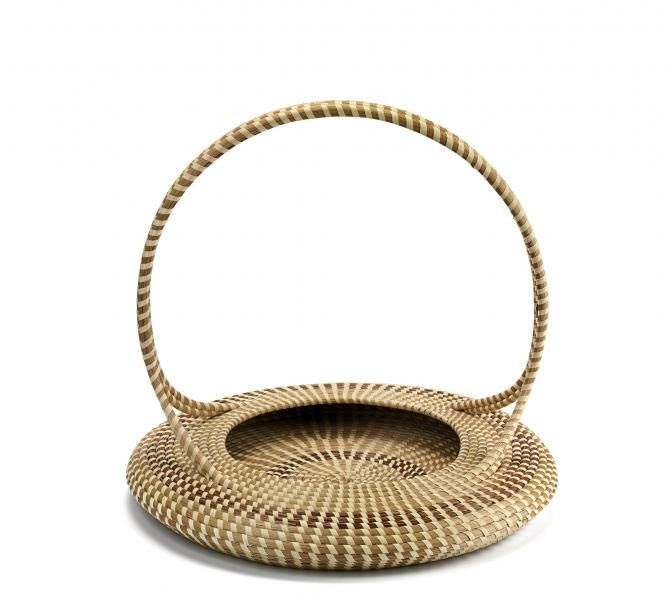
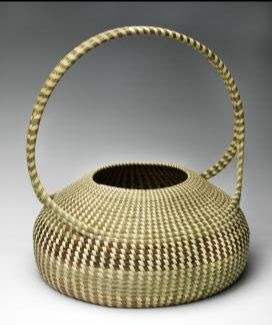
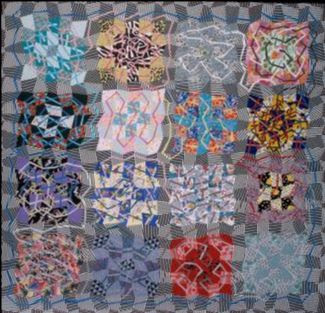
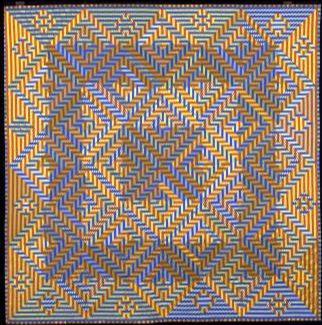
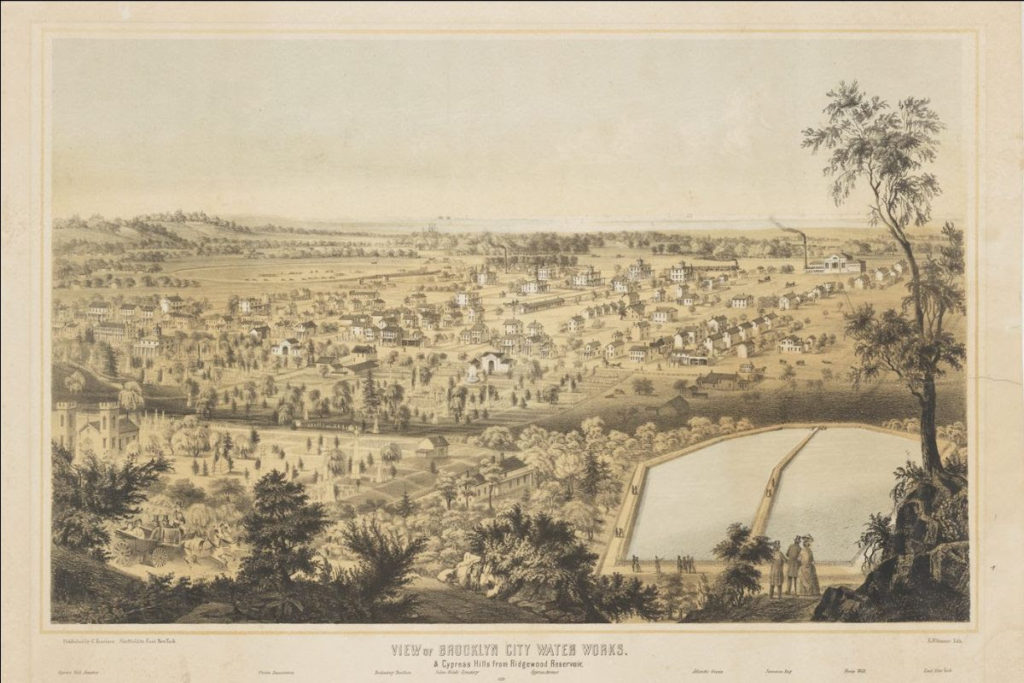
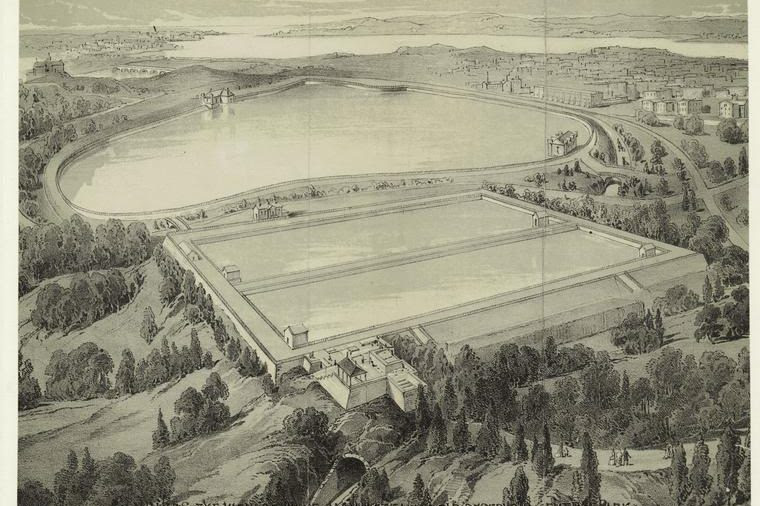
Leave a comment